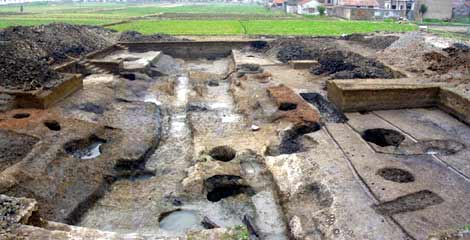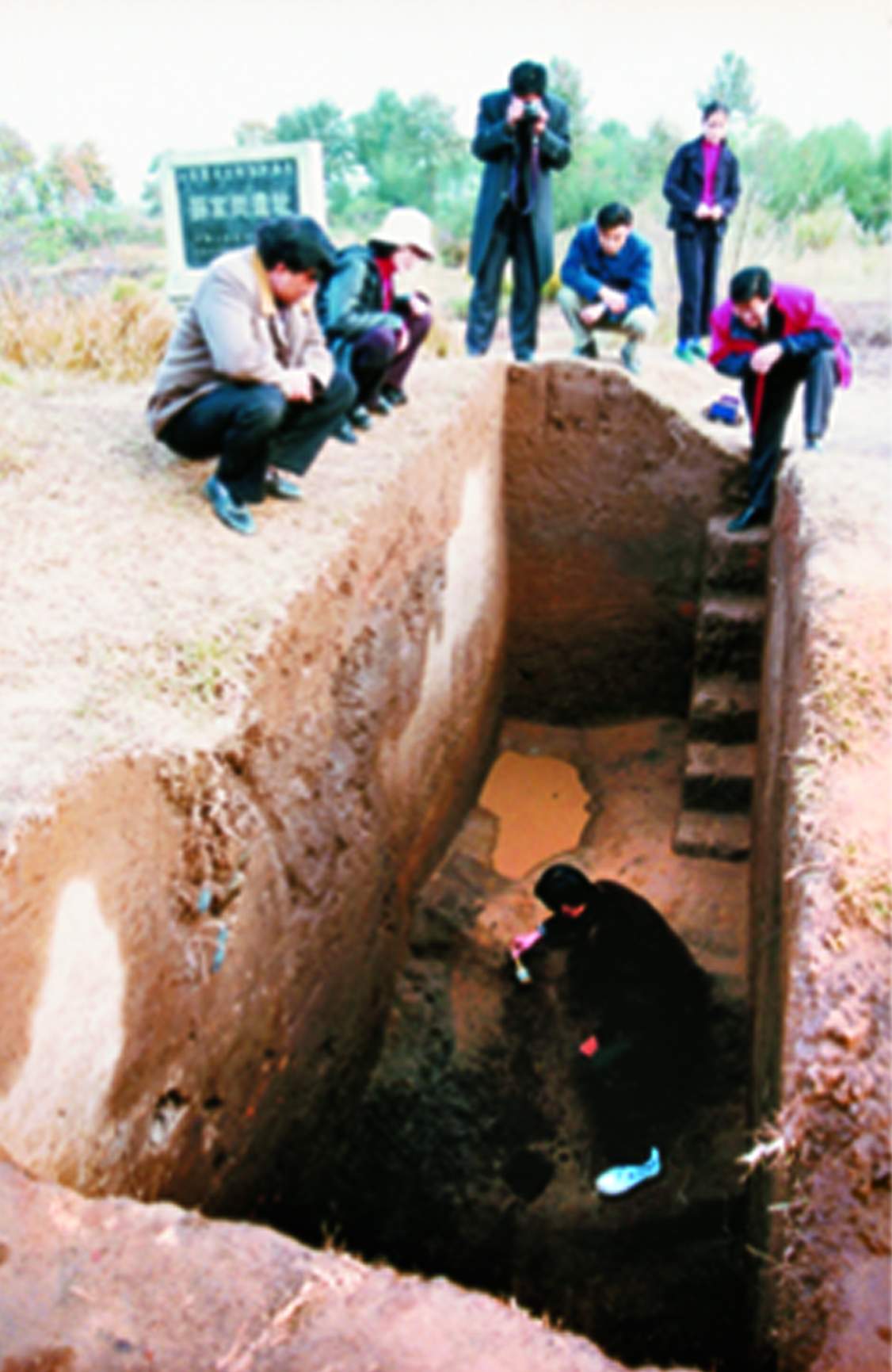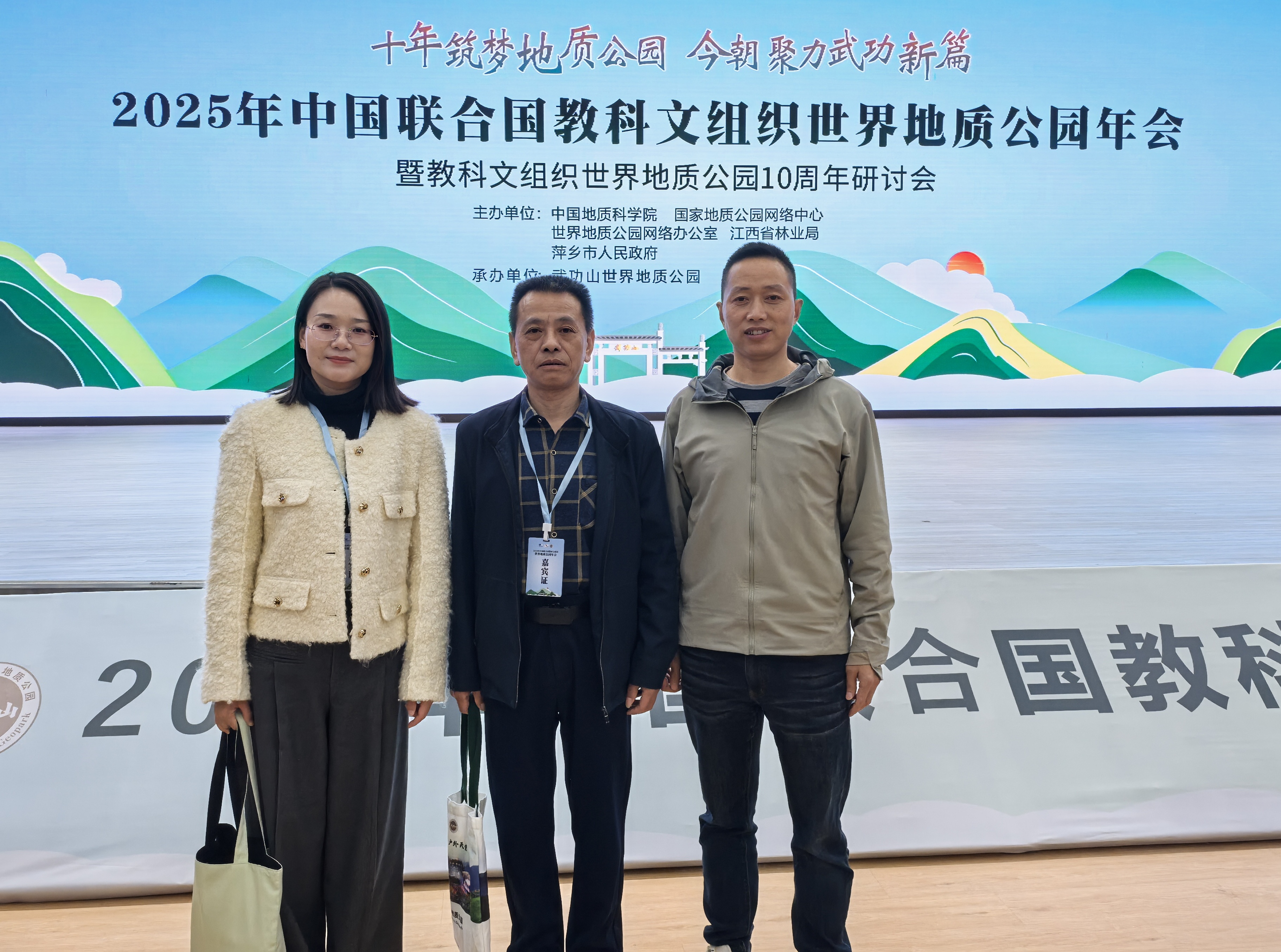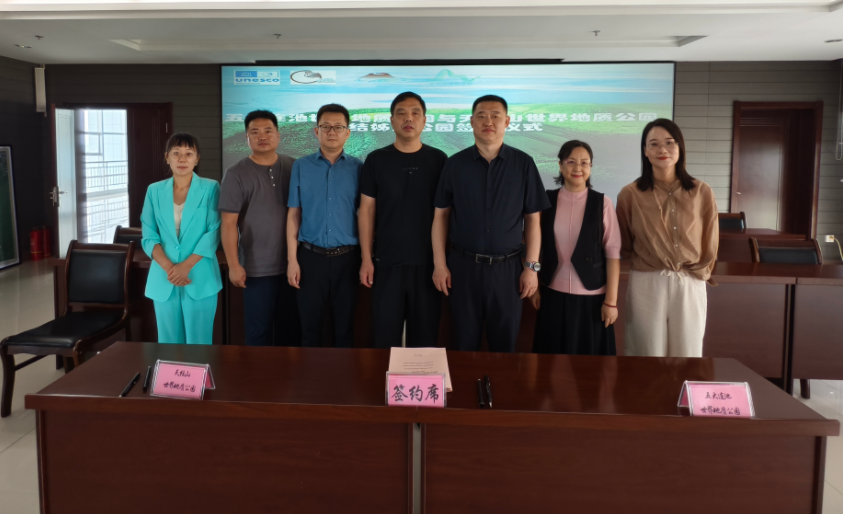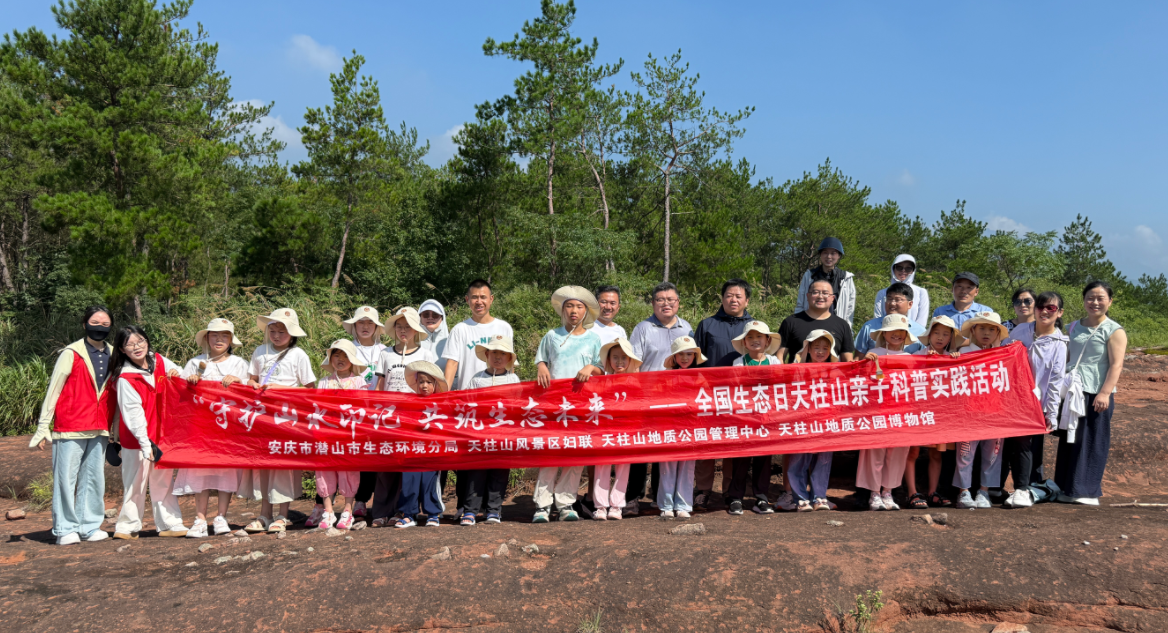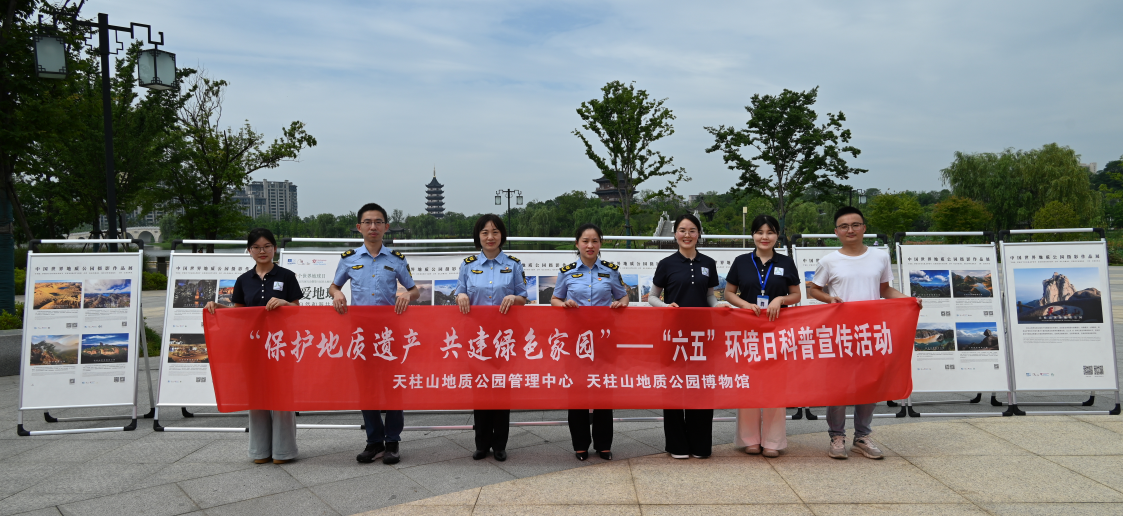
Xuejiagang culture dates back more than five or six thousand years, with relics in Xuejiagang Village, Wanghe Town, 7km from Qianshan County. The area comprises an oval platform with an elevation of 4 to 7 meters, and is 60,000 square meters in size. There are about 3,000 ancient relics unearthed between 1979 to 2002 in addition to hundreds of graves. It is principally a site of Neolithic cultures as well as those from the Tang and Song Dynasties. Because of its long duration, and widely distributed relics and their dense cultural layers, it has become an excellent example of Xuejiagang Culture, i.e., the ancient culture which emerged in the region of the Yangtze River in the later evolution of primitive societies. It also provides valuable information for the study of the relationship between the early Neolithic societies of the Yangtze River Basin and the Yellow River Basin. In 1996, the State Council listed it as a National Key Cultural Relic Protection Site.





